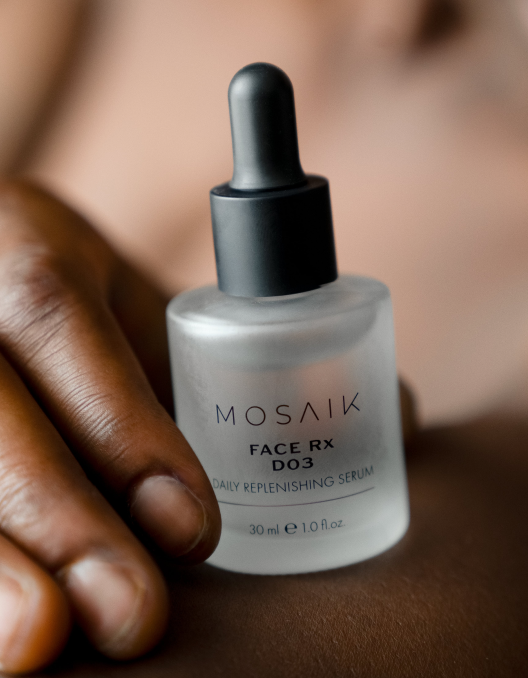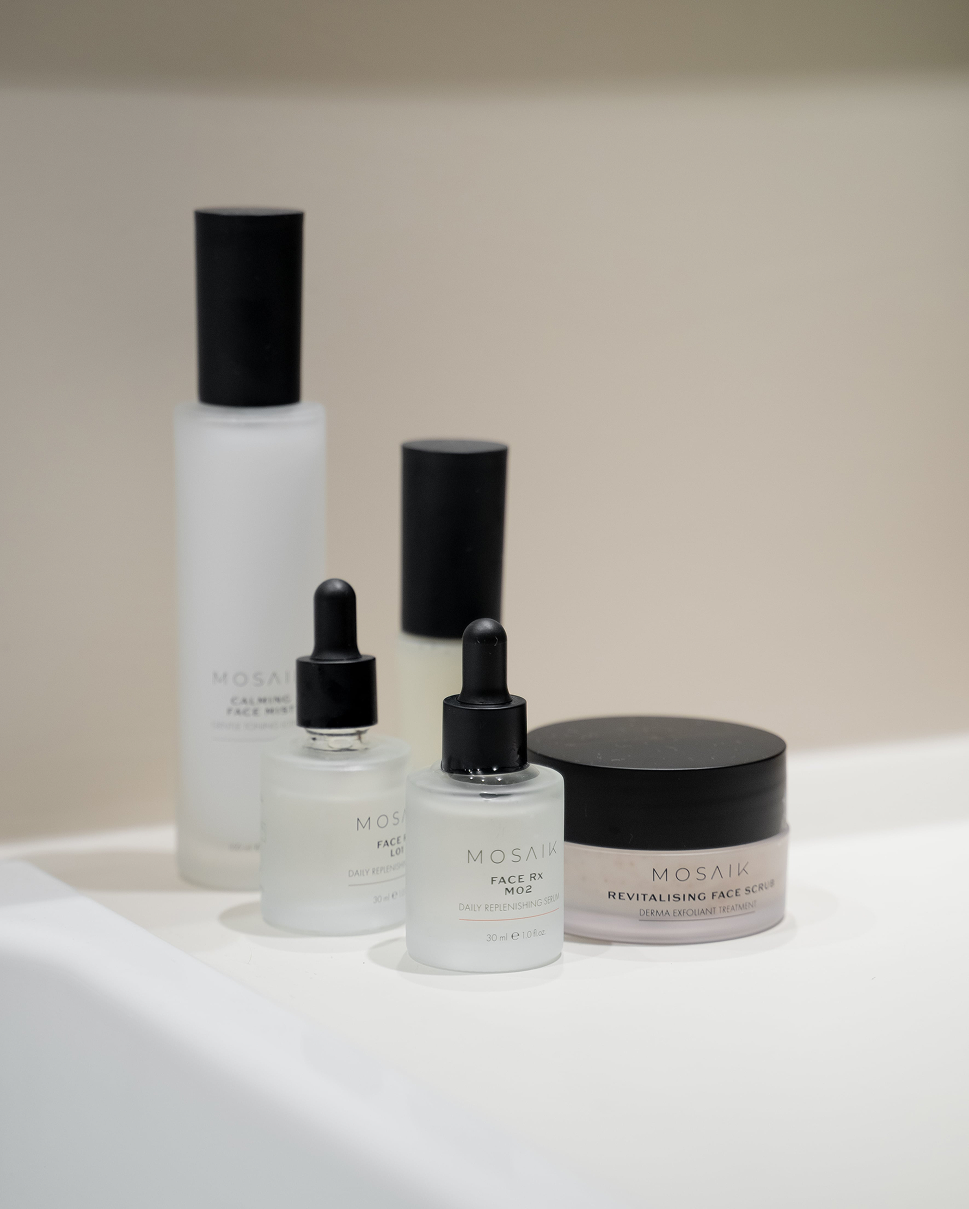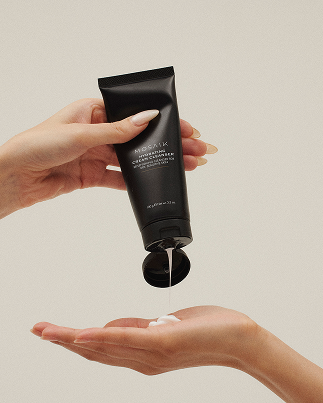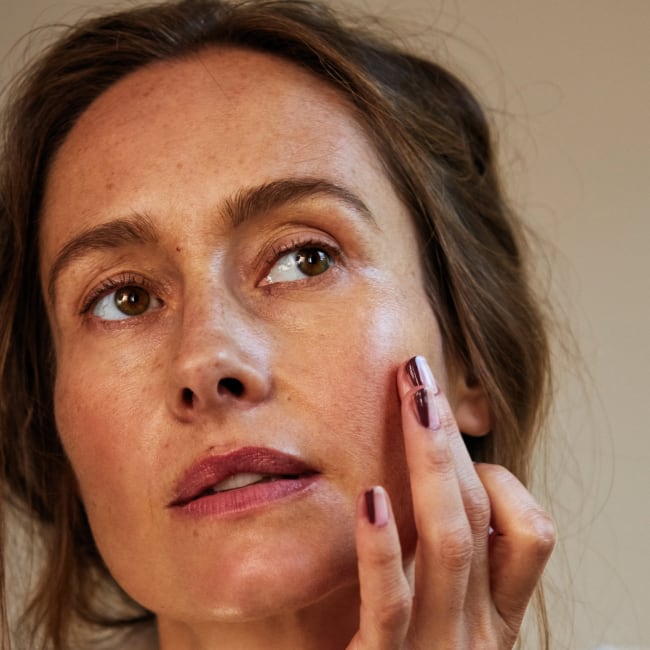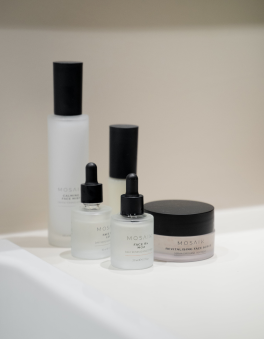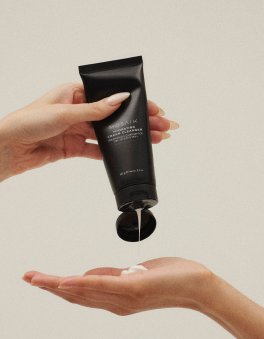The skin is the largest and arguably the most important organ of our body, divided into several layers it accounts for approximately 15% of our total body weight. The three primary layers of the skin are the epidermis, dermis and subcutaneous layer (hypodermis). Each layer is composed of certain cells and structures which contribute to the skin’s overall appearance, structure, and function.

Epidermis: The Outer Layer
Though the epidermis is the thinnest layer of the skin, the prime function of this layer is to act as a physical and biological barrier to the external environment, preventing penetration by irritants and allergens. At the same time, it prevents the loss of water and maintains internal homeostasis. The epidermis is composed of layers; most areas of the skin have four layers, but those areas with the thickest skin have five. The layers are:
- Stratum corneum
- Stratum lucidum
- Stratum granulosum
- Stratum spinosum
- Stratum basale
The epidermis also contains other cell structures, keratinocytes, melanocytes, Lengerhans cells, as well as Merkel cells.
- Keratinocytes - produce the protein keratin (the main component of the epidermis), these cells make up around 95% of the epidermal cell population and are formed by division in the stratum basale.
- Melanocytes - specialised cells found in the stratum basale scattered among keratinocytes along the basement membrane, which produce skin pigment; also known as melanin. Melanin has the main function of absorbing UV radiation, protecting us from its harmful effects.
- Melanosomes - (both present in melanocytes and keratinocytes) are the melanin producing organelles that are responsible for the pigmentation of the hair and skin.
- Langerhans cells - help to prevent external matter from penetrating into your skin.
- Merkel cells - specialised cells found right beneath the epidermis. These cells are very close to the nerve endings that receive the sensation of touch and may be involved in the body's sensory perception.
Skin colour is influenced by a multitude of factors. The spectrum of colour is determined by cells in the epidermis called melanocytes. Within these cells are organelles (melanosomes), the factory houses for the production of the brown/red pigment called melanin. Once melanin is produced, these organelles are then transported to the more superficial cells of the epidermis (keratinocytes). The purpose of melanin, as well as giving skin its colour, is to protect and shield the skin cells from Ultraviolet light – both UVA and UVB. When there is an increase in UV radiation, both the production and the distribution of melanin increase accordingly.
Difference in skin colour is not only determined by the quantity of melanocytes, but also, the type of melanin produced, the size of the melanosome, the amount of melanin in each melanosome as well as their distribution throughout the epidermis. It is also influenced by genetic factors, hormones, and even by pigments including melanin, carotene as well as haemoglobin.
Fact: Studies have shown that individuals living in densely populated urban areas or cities with high levels of airborne pollutants are more prone to premature ageing, hyperpigmentation as well as other skin irritations. It is thus important to keep the outer skin cleansed and hydrated with various naturally occurring nutrients, and of course, avoid excessive sun exposure which can damage the skin as well.
Langerhans Cells - These are antigen (microorganisms and foreign proteins) presenting cells found in the stratum spinosum. They are part of the body’s immune system, activating various immune responses.
Merkel Cells - These cells are only present in very small numbers in the stratum basale. They seem to have a role in sensation, especially in areas with a higher level of sensitivity.
Dermis: The Middle Layer
The dermis forms the inner layer of the skin and is much thicker than the epidermis. Situated between the basement membrane zone and the subcutaneous layer, the primary role of the dermis is to sustain and support the epidermis. The main functions of the dermis are:
Protection.
Cushioning the deeper structures from mechanical injury.
Providing nourishment to the epidermis.
Playing an important role in wound healing.
The dermis is the layer of your skin that gives it its volume and fullness, as well as elasticity and tone. A complex combination of blood vessels, hair follicles, and sebaceous (oil) glands, the dermis is made up of two layers, the more superficial papillary dermis and the deeper reticular dermis.
The papillary dermis is the thinner layer, consisting of loose connective tissue containing capillaries, elastic fibres and some collagen. The reticular dermis consists of a thicker layer of dense connective tissue containing larger blood vessels, closely interlaced elastic fibres and thicker bundles of collagen. It also contains fibroblasts, mast cells, nerve endings, lymphatics and epidermal appendages. Surrounding these structures is a viscous gel that:
Allows nutrients, hormones and waste products to pass through the dermis.
Provides lubrication between the collagen and elastic fibre networks.
Gives bulk, allowing the dermis to act as a shock absorber.
The dermis layer includes blood and lymph vessels which are in charge of delivering nutrients to your skin while removing by-products or toxins. Sweat glands are also found in the dermis layer of the skin and are responsible for the sweat you produce according to the environmental circumstance (working to cool the body at times and/or clearing out toxins at times). The dermis also houses hair follicles (where your hair is anchored), oil glands, which produce the oil (sebum) responsible for keeping the skin soft and smooth, however, if in excess, can result in acne and breakouts.
The fibroblast is the major cell type of the dermis, its main function is to synthesise collagen, elastin and the viscous gel within the dermis. Collagen, which gives the skin its toughness and strength, makes up 70% of the dermis and is continually broken down and replaced, while elastin fibres The fibroblast is the major cell type of the dermis, its main function is to synthesise collagen, elastin and the viscous gel within the dermis. Collagen, which gives the skin its toughness and strength, makes up 70% of the dermis and is continually broken down and replaced, while elastin fibres give the skin its elasticity. Both components are affected by ageing and UV radiation exposure, which results in sagging and stretching of the skin as the person gets older and/or is exposed to greater amounts of UV radiation. Keeping the skin in good condition, avoiding excess sun exposure, following a healthy and balanced lifestyle, using good sun protection, and using nourishing active ingredients in your skincare products can all help to prevent early onset changes in the dermis.
Hypodermis: The Fatty Layer
The hypodermis is the subcutaneous layer lying below the dermis; it consists largely of fat. This layer of fat is the deepest layer of skin, it basically attaches your bones to your muscle and bones. It provides the main structural support for the skin, as well as insulating the body from cold and aiding shock absorption. It is interlaced with blood vessels and nerves.

